Active Investing
vs
Buy and Hold
Disclosures: qplum LLC is a registered investment adviser. Information presented is for educational purposes only and does not intend to make an offer or solicitation for the sale or purchase of any specific securities, investments, or investment strategies. Investments involve risk and are never guaranteed. Be sure to first consult with a qualified financial adviser and/or tax professional before implementing any strategy discussed herein. Past performance is not indicative of future performance.
Mansi Singhal
What will we cover today
Buy-and-hold, the "What if" strategy
The most popular passive investor: Warren Buffet
How active is your portfolio?
Selecting an active strategy
U.S. Investor Index
Terms: tracking error, alpha decay, target risk, dynamic asset allocation
What if...
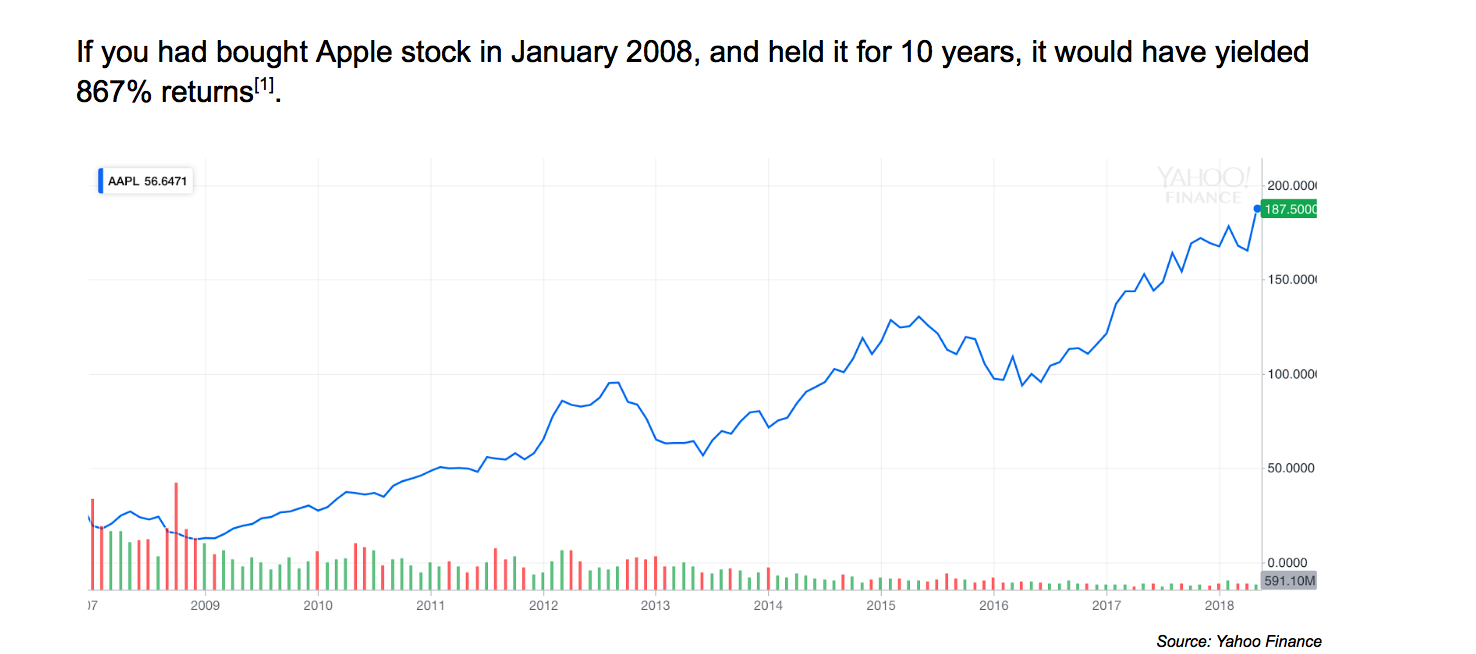
[1]: Yahoo Finance, Jan 2008 Close Value: 19.33 and May 2018 Close value: 187.38
What if...

[2]: Yahoo Finance, Jan 2004 Close Value: 1.61 and May 2018 Close value: 187.38
What if...
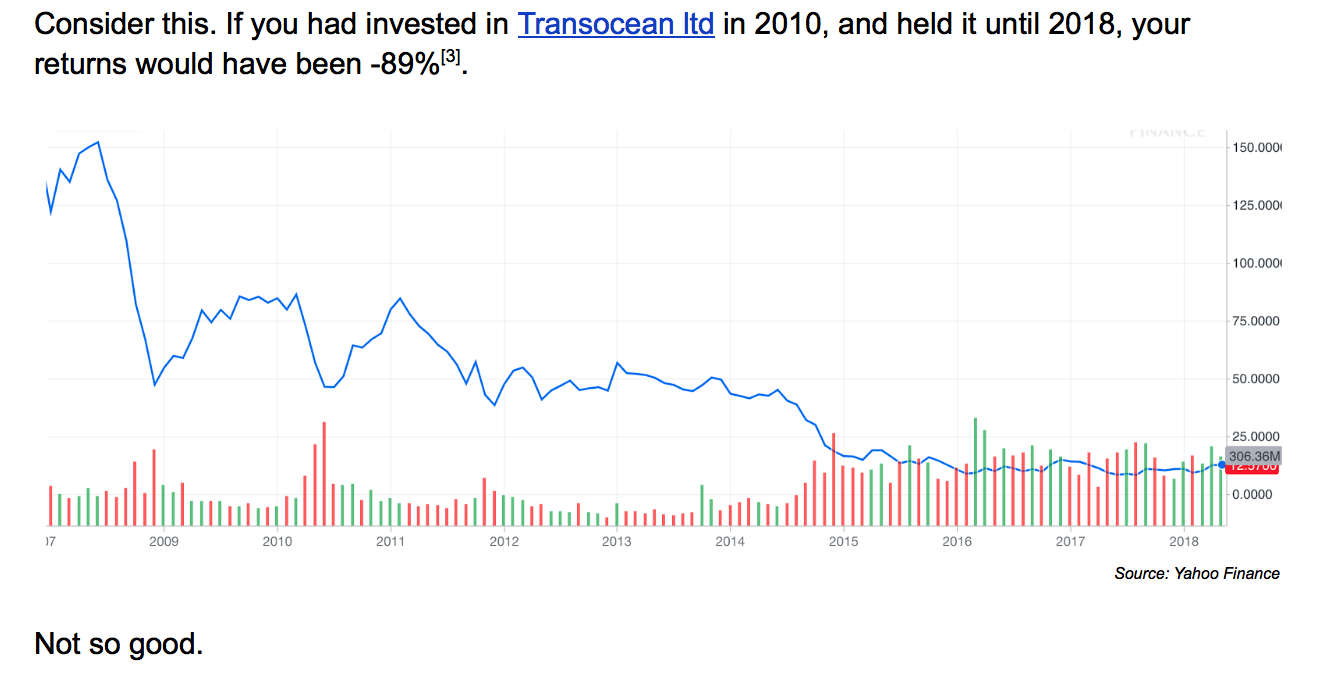
[3]: Yahoo Finance, Jan 2008 Close Value: 122.25 and May 2018 Close value: 12.65
What if...
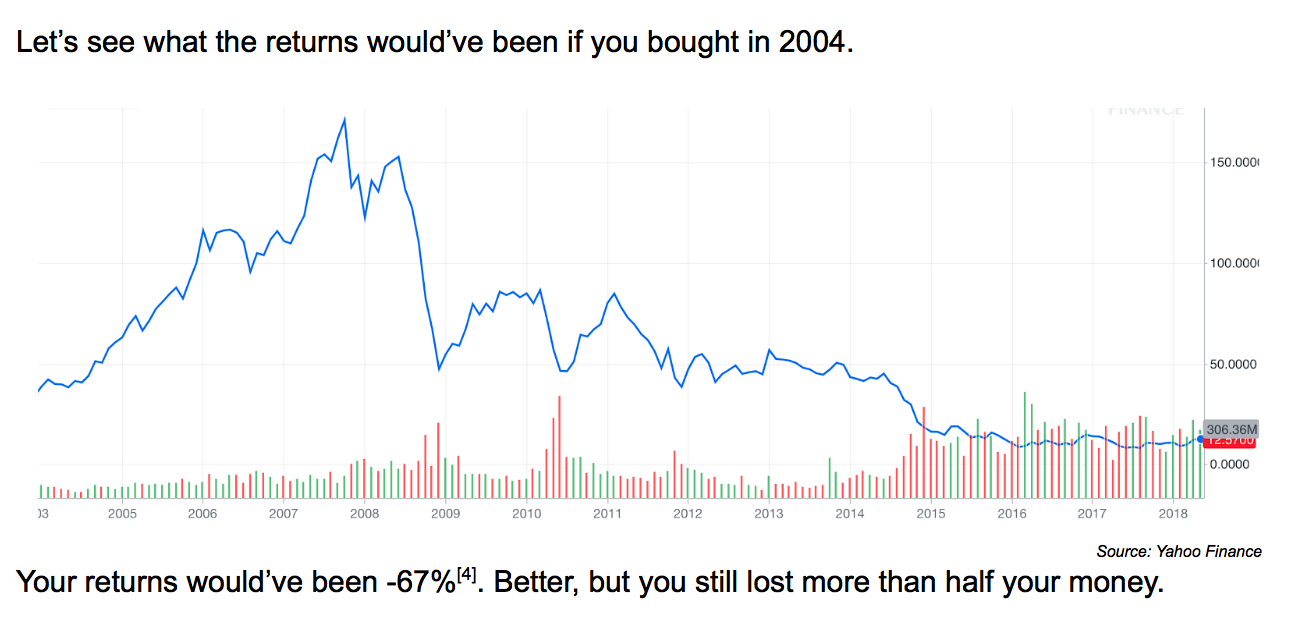
[4]: Yahoo Finance, Jan 2004 Close Value: 38.50 and May 2018 Close value: 12.65
Can you really have a buy-and-hold strategy for the long term?
Deeper look at Warren Buffet's portfolio
According to research* that analyzed Buffet-owned Berkshire Hathaway trades for 26 years, only 20% of stocks were held for more than 2 years.
And more than 60% of stocks were sold in less than a year.
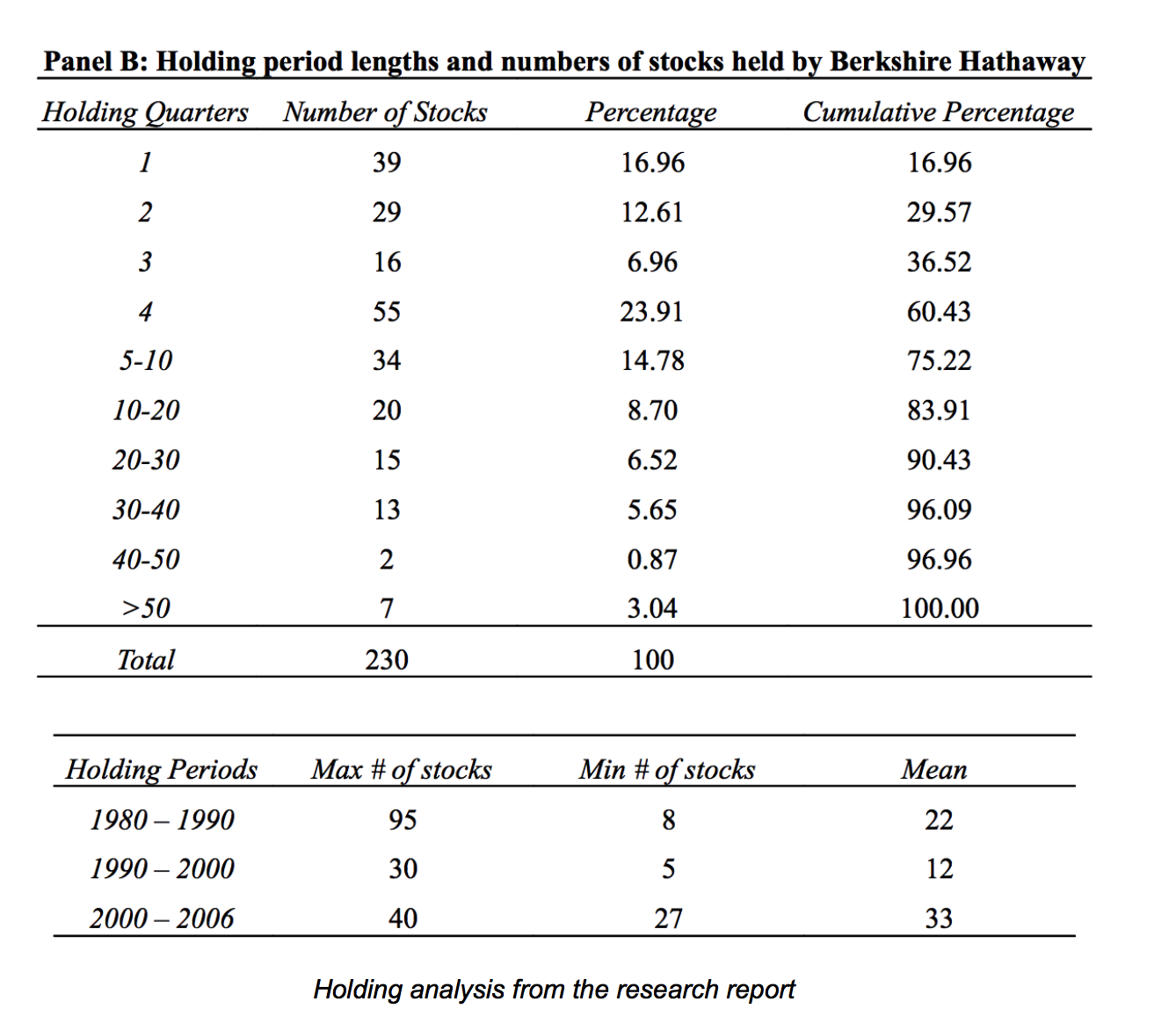
Life does not follow a predictable path.
Markets move up and down.
You need an investment strategy that keeps evolving and adapting to your needs.
You also need a risk management strategy in place to manage losses.
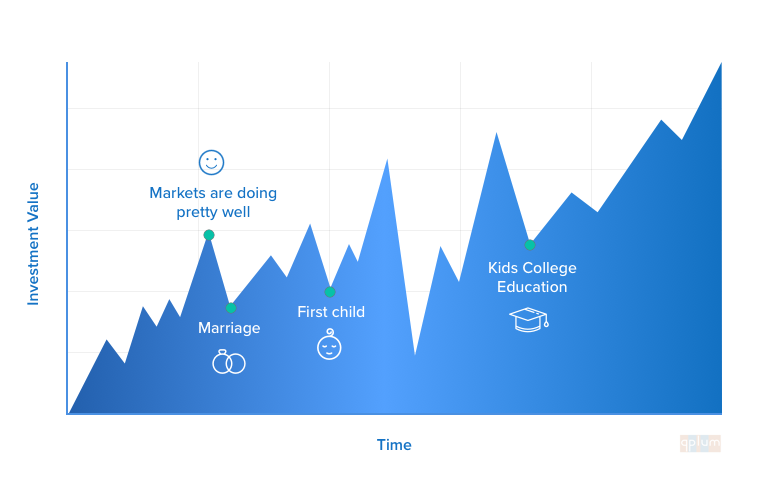
What kind of investor are you?
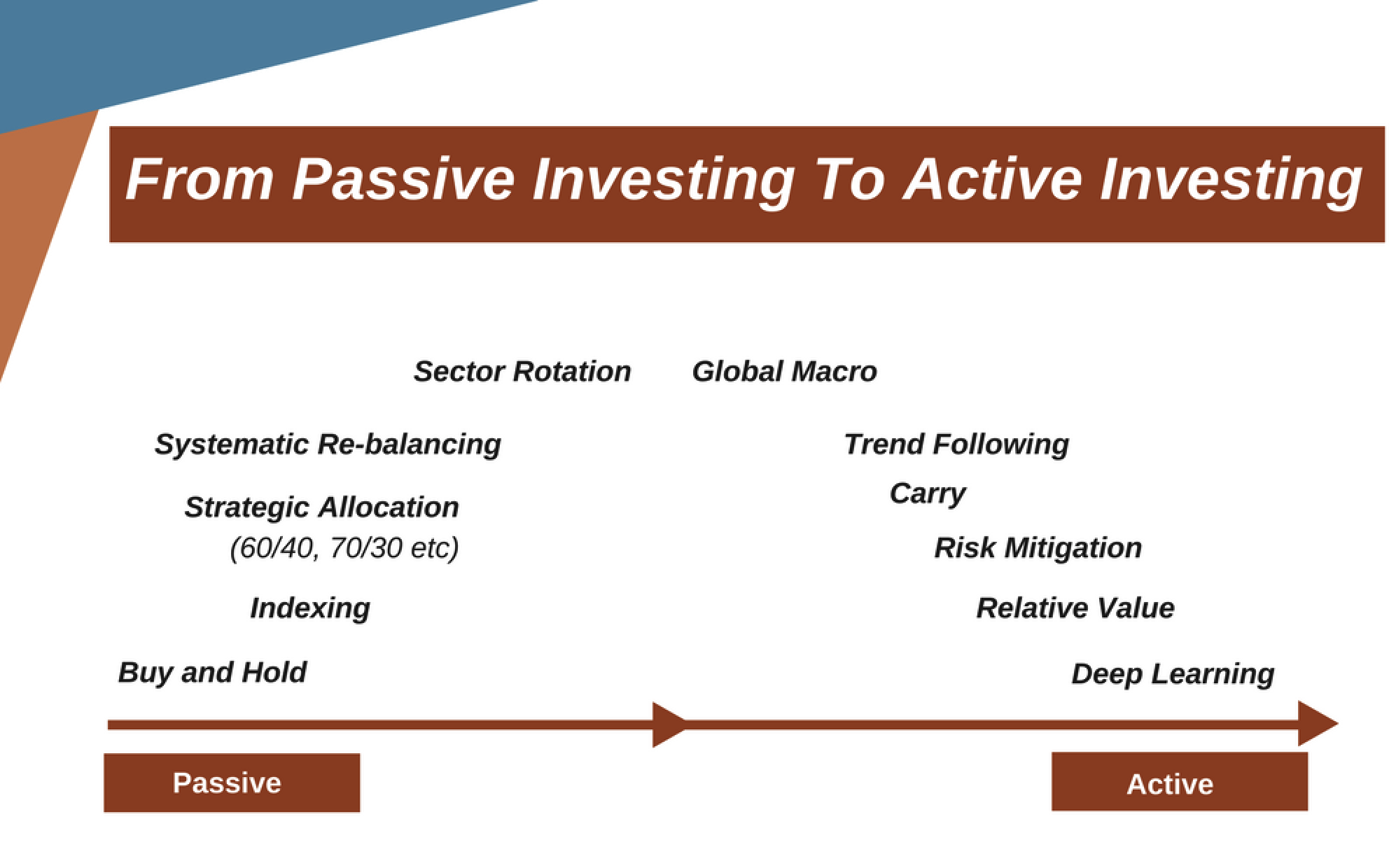
Changing Market Conditions
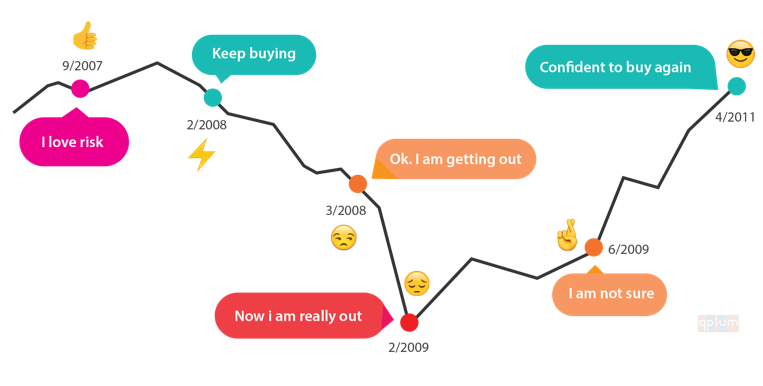
A simple, disciplined approach could be cheaper than buying options
and help limit emotional decision making,
while offers a plan for exiting and re-entering the markets.
*Representative & Illustrative Only
Changing Risk Levels
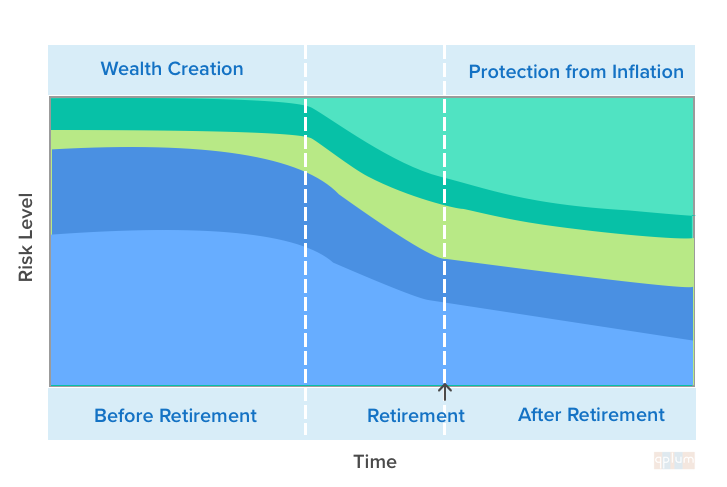
Long road to recovery from a market crash
When the markets crash, your portfolio value declines. At an 8% annual return, it can take up to 9 years to regain its original value.
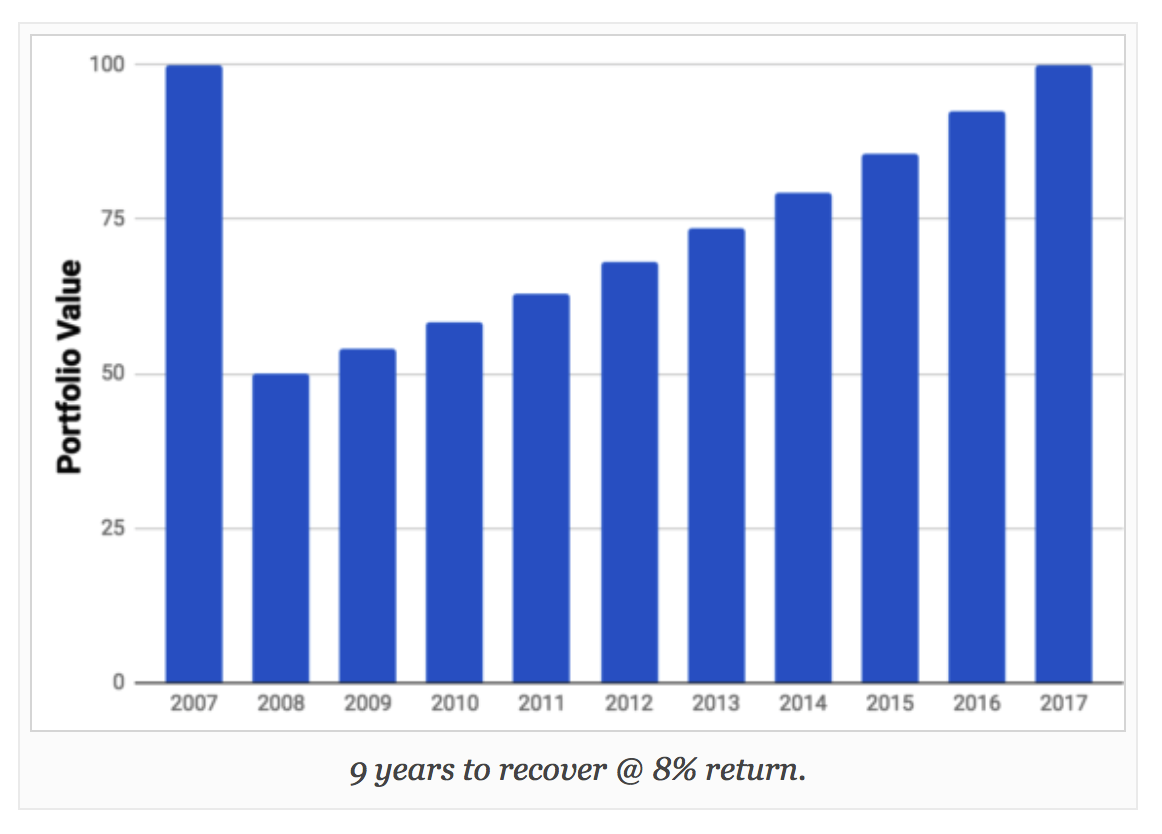
Reducing costs
Rebalancing
Tax Optimization
Trade Execution
Dynamic Asset Allocation
Changing financial advisors or
switching strategies
Selecting active managers
Identify source(s) of alpha
Evaluate different active managers
Fees
Overall asset allocation
How active is an average US investor?
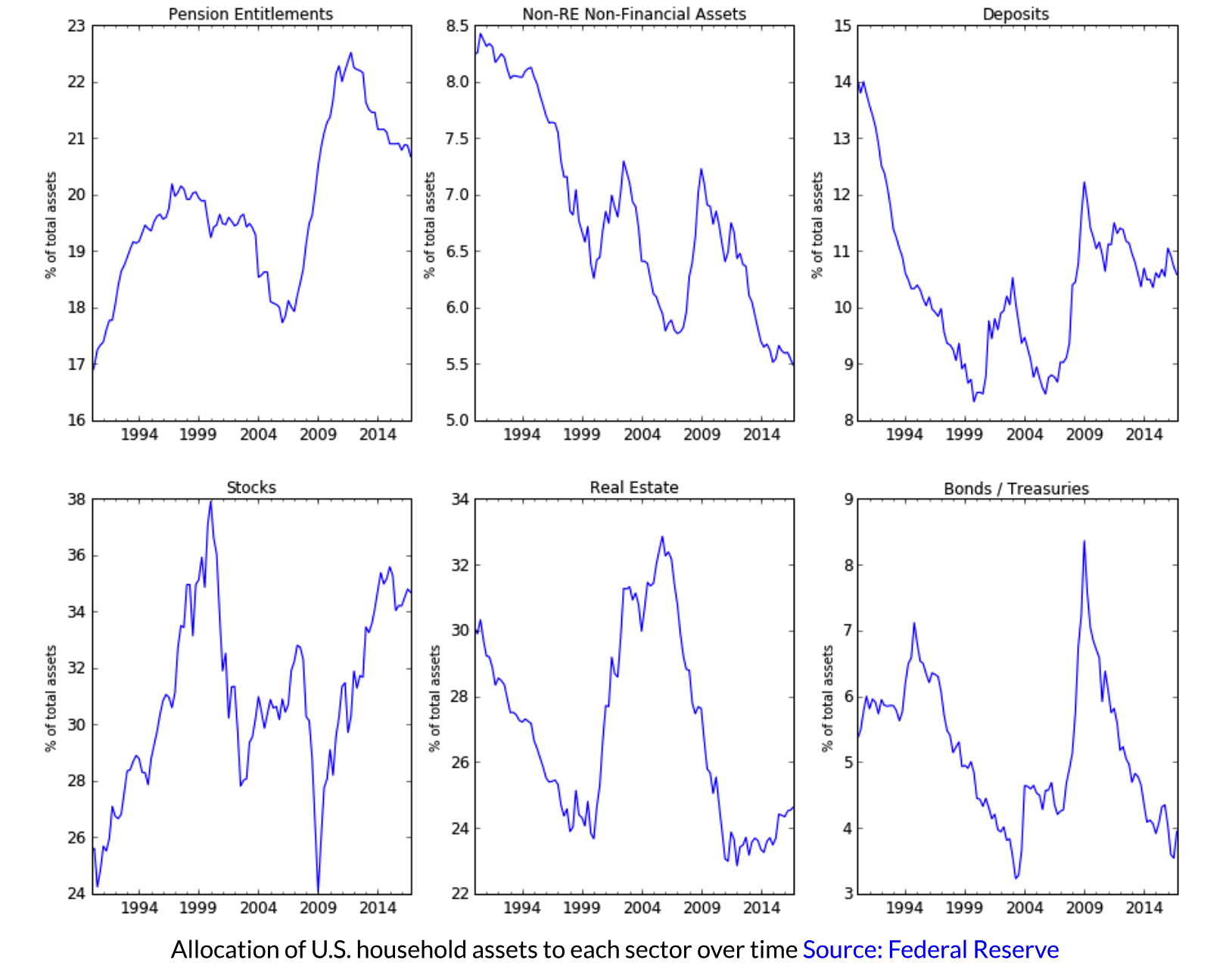
Source: https://fred.stlouisfed.org/
Investing with a trustworthy tool
"security analysis may begin--modestly, but hopefully--to refer to itself as a scientific discipline "
Imagining investing with "trustworthy tool" and not experts.
- Benjamin Graham

Questions?
mansi@qplum.co
contact@qplum.co
Disclosures: qplum LLC is a registered investment adviser. Information presented is for educational purposes only and does not intend to make an offer or solicitation for the sale or purchase of any specific securities, investments, or investment strategies. Investments involve risk and are never guaranteed. Be sure to first consult with a qualified financial adviser and/or tax professional before implementing any strategy discussed herein. Past performance is not indicative of future performance.